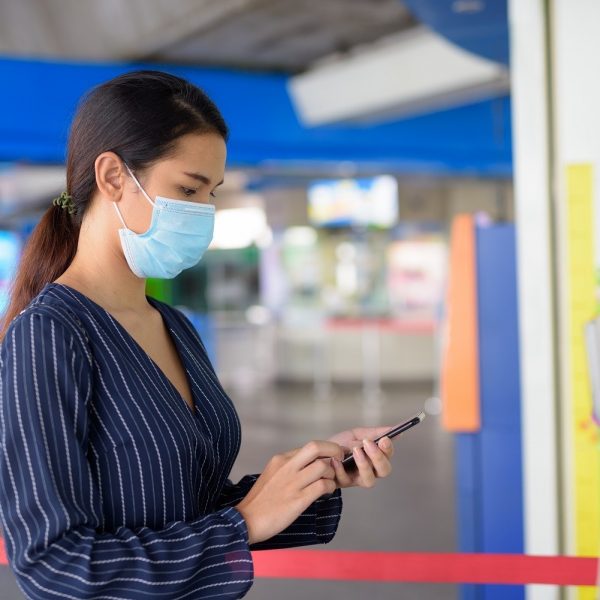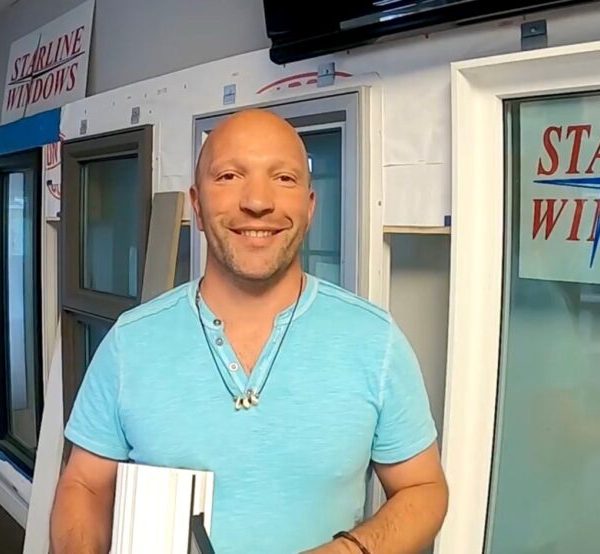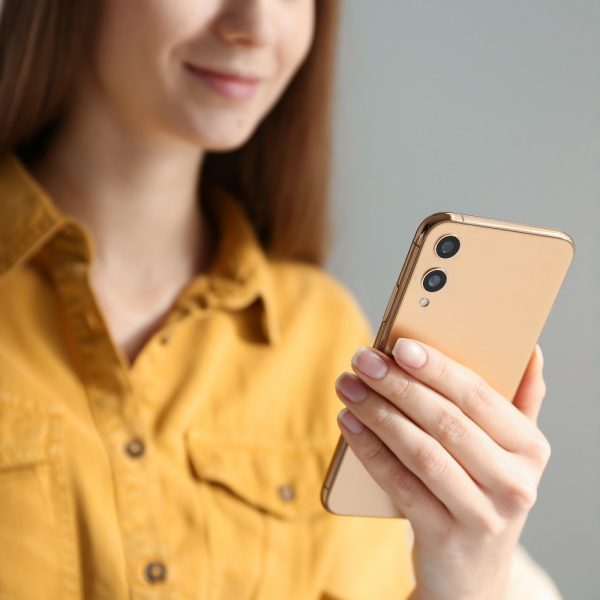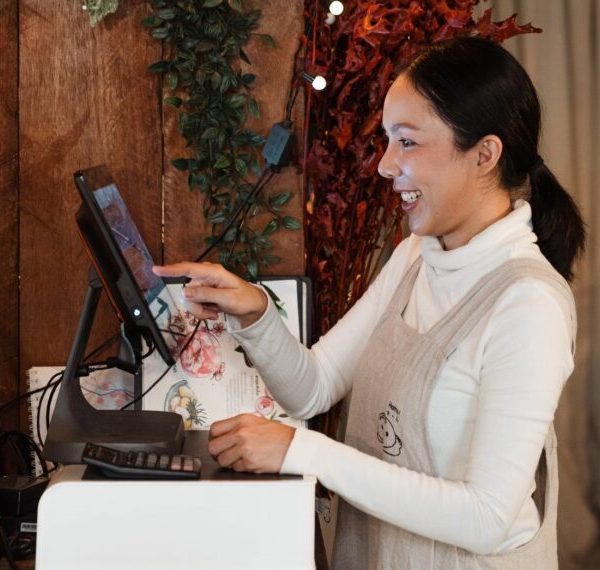“It’s Programs Like These That Make Starting a Business Easier for Those with Disabilities”

Omnifocus: A Task Management App

It’s not always easy to stay on task; we live complicated lives split between work and play, between what we want to do and what we need to do, and it’s easy for things to get lost along the way. This is especially true for individuals who struggle with executive functioning or attention-based challenges. One way to stay on task and organized is to look at using a task management app. These apps allow users to digitally write, plan, view, and track daily tasks with ease, so instead of spending mental resources trying to remember what needs to be done, the focus can instead be put on the task itself.
“[I] Really Enjoy Working on the Computer Again Without the Constant Pain and Numbness I Used to Feel”

Sherry is working hard towards gaining employment, studying for an accounting and bookkeeping course.
But she was finding it hard to put the hours in she needed to study with the pain she was feeling.
“I have degenerative disk disease in the top seven disks of my spine, plus a damaged rotator cuff,” she says from Kelowna.
New Android 11 Accessibility Features

Android has recently released version 11, and with it comes some interesting new accessibility features and improvements. We’ll include the link to complete Android 11 accessibility page at the bottom of the article, but since there’s a lot to look at, we’ve taken the liberty of identifying and listing the biggest changes and improvements to come out of Android 11.
Hearing Amplifiers Help Improve Tony’s Work and Life

Tony is the General Manager of Starline Windows Okanagan, a company he has been with since 1986.
Dealing with his staff, colleagues, and hundreds of customers in the construction industry, effective communication is key. However, Tony has hearing loss in both ears, with severe tinnitus in his left ear.
Susan Finds Assistive Technology Solutions for Her New Career

Susan suffered a work-related injury at an assembly plant in 1989. As a result, she has a variety of conditions including De Quervain Syndrome, Epicondylitis, and Fibromyalgia. This affects her from the neck down — notably in the hands where her fingers will cramp while holding objects, causing her to drop them and lose feeling from the neck down.
Envision AI App

With COVID-19 conscious social distance protocols being enacted around the world, many teachers and parents are moving towards a digital approach to education. And with so many free teaching apps on the market, there are plenty of different tools to choose from when it comes to teaching in an online/home-based environment. When it comes to lesson planning and scheduling in particular, there are many advantages to taking the digital approach.
“The Help that this Program Has Given Me is Far Beyond What I Had Even Hoped.”

Marguerite is a cashier at a grocery store in 100 Mile House.
“I have to talk to a lot of people,” she explains. “I have significant hearing loss. In today’s current climate where customers are wearing masks and I’m working behind plexiglass, I was having difficulty hearing people or not hearing them at all.”
Planboard: A Free Lesson Planner

With COVID-19 conscious social distance protocols being enacted around the world, many teachers and parents are moving towards a digital approach to education. And with so many free teaching apps on the market, there are plenty of different tools to choose from when it comes to teaching in an online/home-based environment. When it comes to lesson planning and scheduling in particular, there are many advantages to taking the digital approach.
Assistive Technology Puts Min on the Path to Employment

In 2007, Min had a stroke, affecting the left side of his body — he has no function in his left arm and hand.
Min, who lives in Coquitlam, is currently looking for work, participating in the WorkBC Employment Services program.



